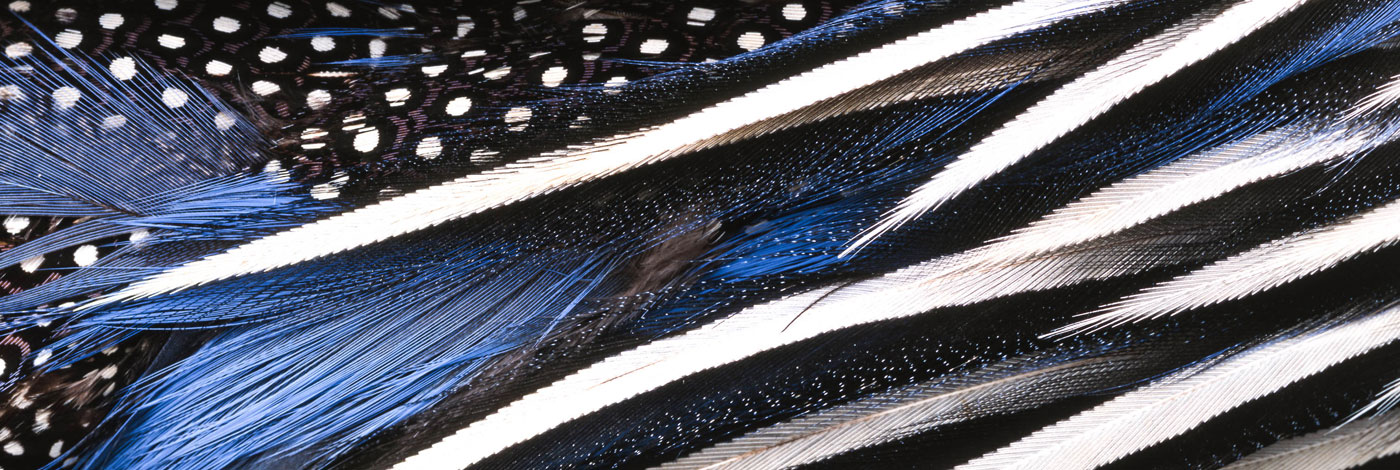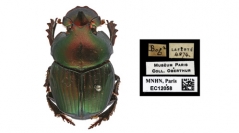Previously overlooked literature now brought to my attention has resulted in the following nomenclatural conclusions: 1) The species known since 2013 as Gromphas inermis Harold, 1869 must be called G. lacordairii (Oken, 1834), whose original combination was Coprobius lacordairii. Gromphas inermis is a new junior subjective synonym of G. lacordairii; 2) Gromphas was made available by Dejean, in 1836, not Brullé, in 1837; the former, therefore, should be credited with the authorship; and 3) the type species of Gromphas is Coprobius lacordairii Oken, 1834 by original monotypy, not Onitis aerugionosus Perty, 1830 by subsequent monotypy. Also discussed is the publication year of G. jardim Cupello & Vaz-de-Mello, 2015. This leads me to address the problem of zoological works first published in electronic-only versions with their own pagination and which are later reissued integrated into a journal’s volume and repaginated. It is here argued that these two versions – the detached and the volume-integrated ones – should be deemed separate available works, and that new nomenclatural acts can be made available from detached versions. If this is accepted, the later publication of the volume-integrated versions has no bearing on the availability of the earlier detached versions. I also introduce new data on the type series of Onitis aeruginosus (currently, Gromphas aerugionosa) and G. inermis, new specimens of the rare G. jardim, mislabelled specimens of G. amazonica Bates, 1870, and newly discovered specimens of the vanished G. dichroa Blanchard, 1846. The latter include the new record from Santa Catarina state, Brazil. The disappearance of G. dichroa since 1954, including the possibility that it might be extinct, is discussed.


 Zoosystema
46 (2) - Pages 23-59
Zoosystema
46 (2) - Pages 23-59